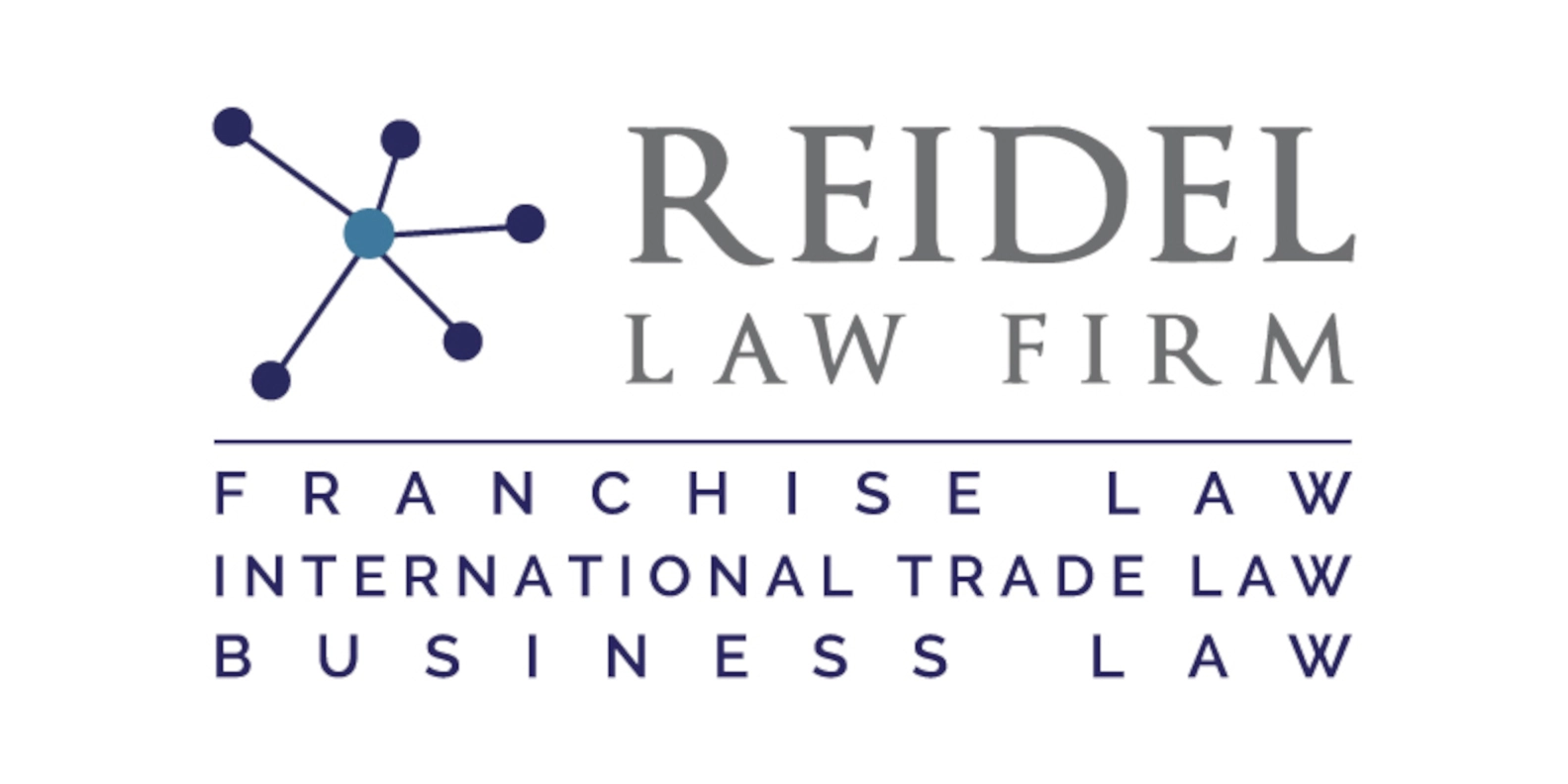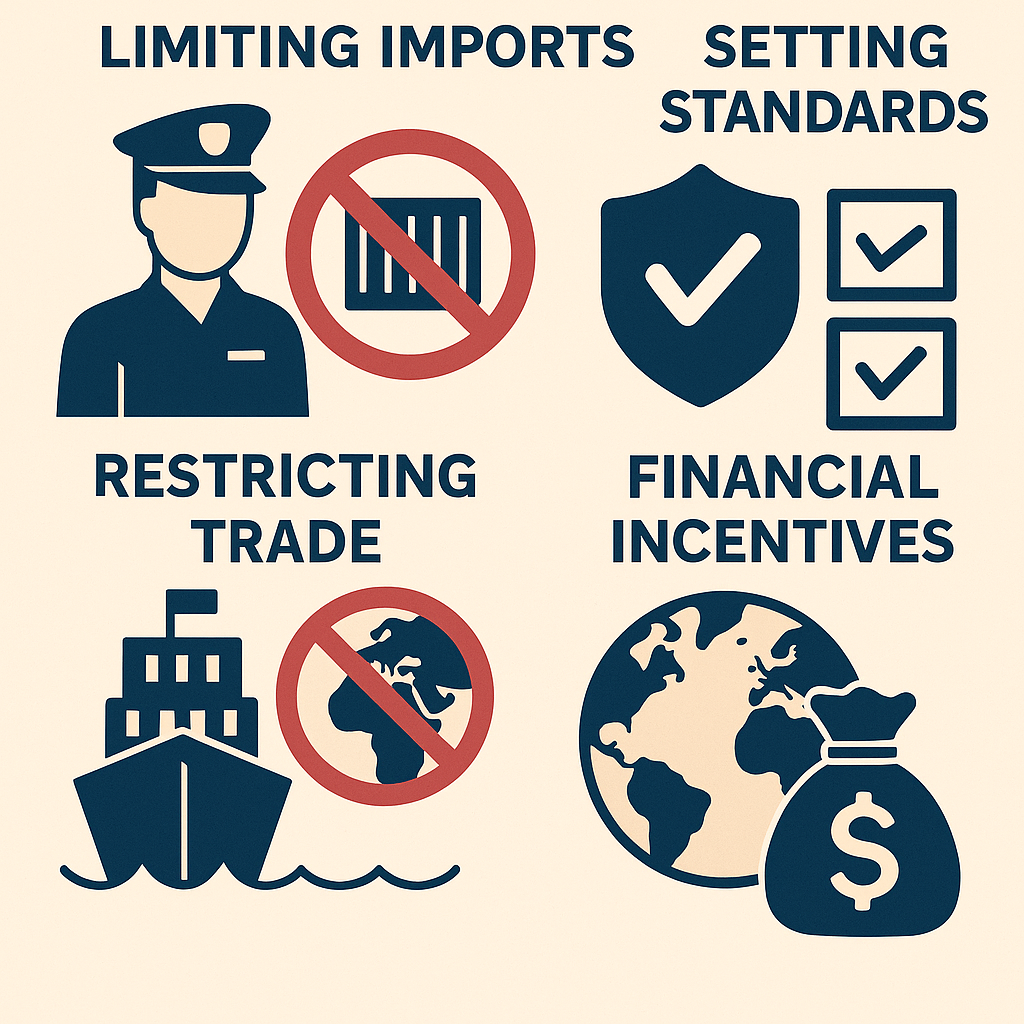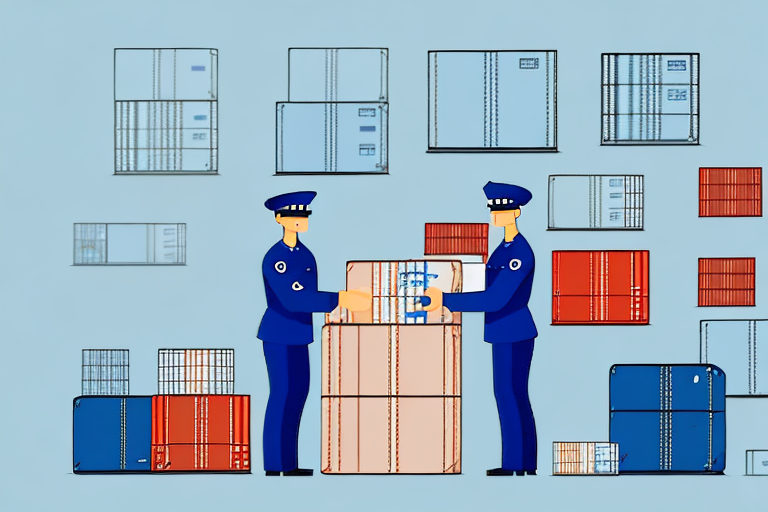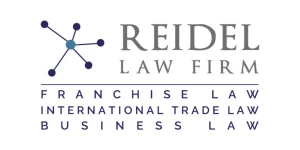Tariffs can have a significant impact on businesses, disrupting supply chains, increasing costs, and reducing competitiveness in the global marketplace. In order to navigate this challenging landscape, businesses must develop effective strategies to mitigate the impact of tariffs. This article will provide a comprehensive overview of the top five strategies that businesses can employ to minimize the negative effects of tariffs.
Understanding the Impact of Tariffs on Businesses
Before delving into the strategies, it is important to understand the impact of tariffs on businesses. Tariffs are taxes imposed on imported goods, making them more expensive for consumers and businesses. This can lead to reduced demand for imported products and increased costs for domestic producers that rely on imported inputs. Import tariffs and tariff increases directly raise production costs for businesses involved in international trade, affecting their overall profitability and pricing strategies.
Furthermore, tariffs can also trigger retaliatory measures from other countries, further escalating trade tensions and creating additional challenges for businesses operating in international markets. Retaliatory tariffs imposed by other countries in response to U.S. tariff increases can impact U.S. exports and disrupt global trade flows.
One of the key impacts of tariffs on businesses is the potential disruption of global supply chains. Many businesses rely on imported goods and components to manufacture their products. When tariffs are imposed, the cost of these imports increases, making it more expensive for businesses to source the necessary materials. Increased tariffs and existing tariffs on imported materials, especially for businesses relying on Chinese imports or Chinese origin goods, can significantly disrupt supply chains and raise costs. This can lead to supply chain disruptions, delays in production, and increased costs for businesses.
In addition to supply chain disruptions, tariffs can also have a negative impact on consumer purchasing power. When imported goods become more expensive due to tariffs, consumers may be less willing or able to purchase these products. Tariff related costs may be passed on to consumers through higher prices, further reducing demand. This can result in reduced demand for businesses that rely on imported goods, leading to decreased sales and potential financial challenges.
Businesses involved in global supply chains must assess the ongoing impact of existing tariffs and potential new tariff increases to effectively manage risks and develop mitigation strategies.
Analyzing the Costs Associated with Tariffs
One of the first steps in developing a mitigation strategy is to analyze the costs associated with tariffs. This involves assessing the direct costs of tariffs, such as increased import prices, as well as indirect costs, such as supply chain disruptions and reduced market access.
Businesses can achieve cost savings by optimizing customs value and managing duties paid through strategies like using the first sale price and transfer pricing adjustments.
By thoroughly understanding these costs, including tariff liability, businesses can better evaluate the potential impact of tariffs on their operations and make informed decisions regarding mitigation strategies.
Another important aspect to consider when analyzing the costs associated with tariffs is the potential impact on consumer behavior. Tariffs can lead to higher prices for imported goods, which may result in decreased consumer demand. To offset tariff related costs, businesses may need to implement price adjustments or pricing adjustments as part of their overall strategy. This can have a ripple effect on businesses, as they may experience reduced sales and revenue.
In addition to the economic costs, tariffs can also have political and diplomatic implications. Imposing tariffs can strain international relationships and lead to trade disputes between countries. This can create an uncertain business environment, as companies may face retaliatory measures from other nations.
Identifying Key Industries Affected by Tariffs
Not all industries are equally affected by tariffs. Identifying the key industries that are most vulnerable to tariff impacts is crucial for developing effective mitigation strategies. Industries that rely heavily on raw materials and imported materials are particularly vulnerable to country specific tariffs, as these measures can directly increase input costs and disrupt supply chains.
Industries that heavily rely on imported inputs, have significant exposure to global markets, or are subject to significant tariff barriers in key export markets are likely to be the most affected. It is important for businesses to assess their own industry’s vulnerability to tariffs and prioritize mitigation efforts accordingly. Changes in production processes and the declared country of origin, including whether a product has undergone substantial transformation, can also affect an industry’s exposure to tariffs and eligibility for preferential trade treatment.
Furthermore, industries that are highly dependent on international supply chains may also experience significant disruptions due to tariffs. This is because tariffs can increase the cost of imported goods and materials, making it more expensive for these industries to operate.
Strategy 1: Diversifying Supply Chains to Minimize Tariff Impact
One of the most effective strategies to mitigate the impact of tariffs is to diversify supply chains. By reducing reliance on inputs from countries subject to high tariffs, businesses can minimize the direct costs associated with tariffs. In addition to identifying alternative suppliers, companies should evaluate alternative sources and implement sourcing strategies that reduce dependence on specific trading partners, such as leveraging trade zones or sourcing from countries with favorable free trade agreements.
This can be achieved by identifying alternative suppliers in countries with more favorable trade conditions or by exploring opportunities for domestic sourcing. However, it is important for businesses to carefully evaluate the costs and risks associated with supply chain diversification to ensure the viability of this strategy. Making informed supply chain decisions, such as strategic restructuring and origin assessments, can help businesses adapt to changing tariff environments and optimize trade compliance.
Furthermore, diversifying supply chains can also provide businesses with a competitive advantage. By sourcing inputs from multiple suppliers, companies can reduce their vulnerability to disruptions in the global trade environment. This flexibility allows businesses to quickly adapt to changing market conditions and maintain a steady supply of goods, even in the face of tariffs or other trade barriers.
Strategy 2: Renegotiating Contracts with Suppliers and Customers
Renegotiating contracts with suppliers and customers can also be an effective strategy to mitigate tariff impact. By renegotiating terms and conditions, businesses can share the burden of tariffs with their counterparts, reducing the financial strain on their own operations. This process may involve agreeing on price increases or price adjustments as a way to distribute the added costs resulting from tariffs.
This strategy requires open and transparent communication with suppliers and customers, as well as a thorough understanding of the potential impact on all parties involved. It may also involve exploring alternative pricing mechanisms or adjusting contract terms to account for the uncertainty and volatility created by tariffs. While companies may need to raise prices as a short-term solution to offset increased costs, it is important to also focus on strategies that help sustain profitability over the long term.
Furthermore, renegotiating contracts can provide an opportunity for businesses to strengthen their relationships with suppliers and customers. By working together to find mutually beneficial solutions, both parties can build trust and loyalty, which can lead to long-term partnerships and increased collaboration.
Strategy 3: Exploring Free Trade Agreement Opportunities
Free trade agreements (FTAs) can offer businesses preferential access to key markets and reduce or eliminate tariffs on certain products. By accurately determining the country of origin of goods, businesses can leverage FTAs with key trading partners to maximize tariff reductions and ensure compliance with trade agreements. Exploring opportunities to take advantage of FTAs can be an effective strategy to mitigate the impact of tariffs.
By carefully analyzing the provisions of existing FTAs and leveraging the benefits they offer, businesses can reduce tariff costs and maintain competitiveness in international markets. This strategy requires a thorough understanding of the specific rules of origin and certification requirements under each FTA, as well as ongoing compliance monitoring. Border protection measures and oversight by Customs and Border Protection play a critical role in verifying eligibility for FTA benefits and ensuring that goods meet the necessary requirements.
Furthermore, businesses can also benefit from FTAs by gaining access to a wider range of potential customers. These agreements often include provisions that promote trade facilitation and reduce non-tariff barriers, such as customs procedures and technical regulations. This can make it easier for businesses to export their products to new markets and expand their customer base.
In addition, exploring FTA opportunities can also lead to increased collaboration and partnerships with foreign companies. By taking advantage of the preferential access provided by FTAs, businesses can establish relationships with international partners and explore new avenues for growth and innovation. This can result in joint ventures, technology transfers, and knowledge sharing, which can ultimately enhance the competitiveness and capabilities of the business.
Strategy 4: Leveraging Government Support Programs and Incentives
Many governments offer support programs and incentives to assist businesses in mitigating the impact of tariffs. These can include grants, subsidies, tax incentives, and tariff exemptions or reductions. The US government, through agencies such as the trade representative, implements trade policy and export controls to support businesses facing international trade challenges.
By actively seeking out and utilizing these government programs, businesses can offset some of the financial burden created by tariffs. In recent years, new tariffs and support programs were introduced during the Trump administration and under President Trump as part of broader trade policy measures. It is important to stay up to date with government initiatives and engage with relevant agencies to maximize the benefits of these support programs.
Strategy 5: Investing in Research and Development for Product Innovation
Investing in research and development (R&D) can help businesses develop innovative products and processes that differentiate them from competitors and reduce their reliance on imported inputs. By investing in R&D, companies can also implement tariff engineering and tariff engineering strategies to optimize production processes, modify products, and achieve lower tariff classifications, thereby reducing tariff exposure and enhancing compliance with trade regulations.
By focusing on R&D, businesses can reduce their exposure to tariff-related risks and improve their long-term competitiveness. This strategy requires a culture of innovation, a commitment to continuous improvement, and a thorough understanding of customer needs and market trends.
Assessing the Risks and Benefits of Import Substitution Strategies
In addition to the five strategies outlined above, businesses may consider import substitution strategies to mitigate tariff impacts. Import substitution involves replacing imported products with domestically produced alternatives. Alternatively, companies can leverage foreign trade zones and foreign trade to reduce tariff exposure, as these designated areas and trade mechanisms allow for more flexible management of imports and duties.
While import substitution may reduce the direct costs associated with tariffs, it also carries risks, such as increased production costs and the need to adapt production processes, which can lead to potential quality and efficiency issues. Therefore, businesses must carefully evaluate the risks and benefits of import substitution strategies before implementing them.
Case Studies: Successful Mitigation Strategies Implemented by Businesses
To provide practical insights, this article will also include case studies highlighting successful mitigation strategies implemented by businesses. These case studies will offer real-world examples of how businesses have effectively navigated the challenges posed by tariffs and provide valuable lessons and best practices for other companies facing similar circumstances.
Best Practices for Implementing Tariff Mitigation Strategies
Implementing tariff mitigation strategies requires careful planning, execution, and monitoring. Businesses should consider a broad range of mitigation strategies to address different tariff scenarios and ensure comprehensive coverage. This section of the article will outline best practices for businesses to follow when implementing their mitigation strategies, including establishing clear objectives, engaging stakeholders, conducting thorough risk assessments, and regularly evaluating and adjusting strategies based on changing market conditions.
Navigating Legal and Regulatory Challenges in the Face of Tariffs
Businesses must also navigate legal and regulatory challenges when implementing tariff mitigation strategies. Working with experienced customs brokers is essential for navigating complex trade regulations and ensuring compliance with international requirements. This section will provide guidance on ensuring compliance with trade regulations, intellectual property rights, and anti-dumping measures, among other considerations.
Forecasting Future Tariff Impacts and Preparing for Change
In a dynamic and uncertain trade environment, businesses must also develop the ability to forecast future tariff impacts and prepare for change. The uncertainty surrounding future tariff policies, including the potential for threatened tariffs, can significantly disrupt business planning and create additional risks. This section will explore techniques and tools that businesses can utilize to anticipate and adapt to future changes in trade policies and tariffs.
Expert Insights: Interviews with Trade Specialists on Effective Strategies
To provide a well-rounded perspective, this article will feature expert insights through interviews with trade specialists. These experts will provide their insights and recommendations regarding effective strategies for mitigating the impact of tariffs and offer valuable advice for businesses navigating this challenging landscape.
The Role of Technology in Mitigating Tariff Impact on Businesses
Technology can play a crucial role in mitigating tariff impact on businesses. This section will discuss the various ways in which technology, such as automation, data analytics, and supply chain management systems, can help businesses streamline operations, reduce costs, and enhance competitiveness in the face of tariffs.
Measuring the Success of Tariff Mitigation Strategies: Key Performance Indicators (KPIs)
Measuring the success of tariff mitigation strategies is essential to ensure their effectiveness. This section will outline key performance indicators (KPIs) that businesses can use to assess the impact of their mitigation strategies, such as cost reduction, market share growth, and customer satisfaction.
Addressing Potential Challenges and Pitfalls in Implementing Mitigation Strategies
Implementing tariff mitigation strategies can present various challenges and pitfalls. This section will discuss common challenges businesses may encounter, such as resource constraints, resistance to change, and geopolitical uncertainties, and provide guidance on how to address them effectively.
How Small and Medium Enterprises (SMEs) Can Adapt to Tariffs
Small and medium enterprises (SMEs) often face unique challenges when dealing with tariffs. This section will provide specific strategies and recommendations for SMEs to adapt to tariffs, including leveraging trade associations, utilizing government support programs, and exploring market diversification opportunities.
The Importance of Continuous Monitoring and Adjustments in a Dynamic Trade Environment
Finally, this article will emphasize the importance of continuous monitoring and adjustments in a dynamic trade environment. Businesses must stay vigilant, monitor market changes, and adjust their mitigation strategies accordingly to effectively mitigate the impact of tariffs.
In conclusion, mitigating the impact of tariffs requires a multipronged approach that encompasses supply chain diversification, contract renegotiation, leveraging FTAs, utilizing government support programs, and investing in research and development. By understanding the impact of tariffs, identifying vulnerable industries, and implementing these strategies, businesses can minimize the negative effects of tariffs and maintain their competitiveness in the global marketplace.








1 thought on “Top 5 Strategies to Mitigate the Impact of Tariffs”
Comments are closed.